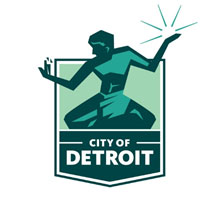| Outcome | Compliant |
1 violation cited :
Code 6-501.111
Pest(s) gnats present in facility with over loaded loaded trapping devices insect zappers
FULL FOOD CODE:
The presence of insects, rodents, and other pests shall be controlled to minimize their presence on the PREMISES. by: (A) Routinely inspecting incoming shipments of FOOD and supplies; (B) Routinely inspecting the PREMISES for evidence of pests; (C) Using methods, if pests are found, such as trapping devices or other means of pest control as specified.(Pf) (D) Eliminating harborage conditions.
The presence of insects, rodents, and other pests shall be controlled to minimize their presence on the PREMISES. by: (A) Routinely inspecting incoming shipments of FOOD and supplies; (B) Routinely inspecting the PREMISES for evidence of pests; (C) Using methods, if pests are found, such as trapping devices or other means of pest control as specified.(Pf) (D) Eliminating harborage conditions.
Core
Not corrected
